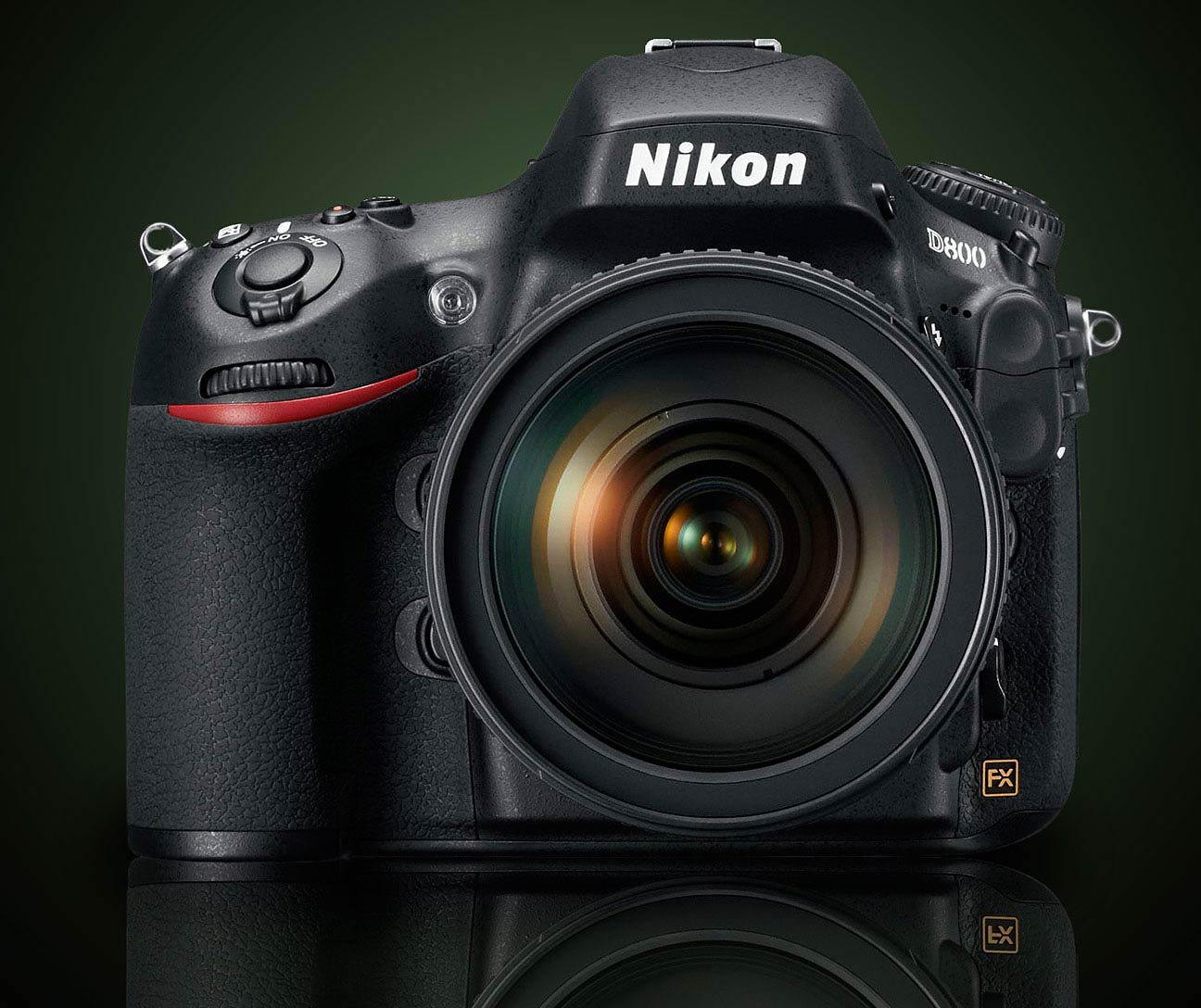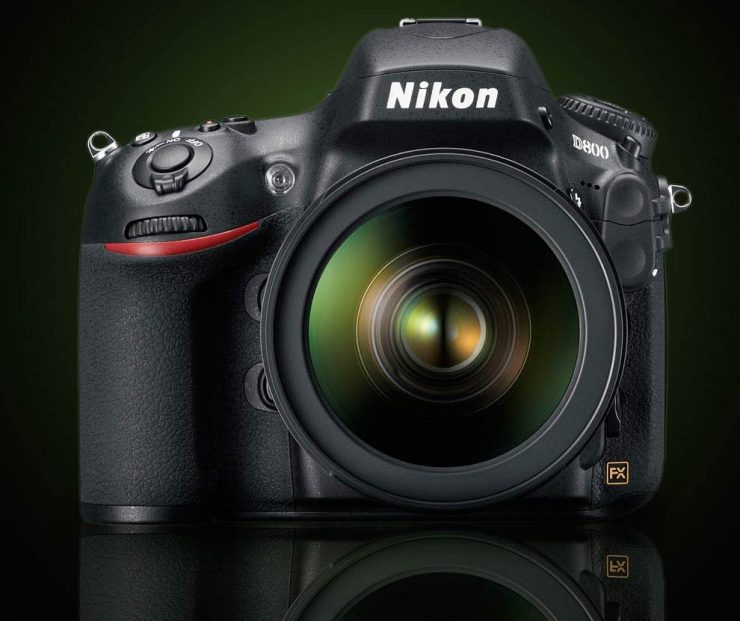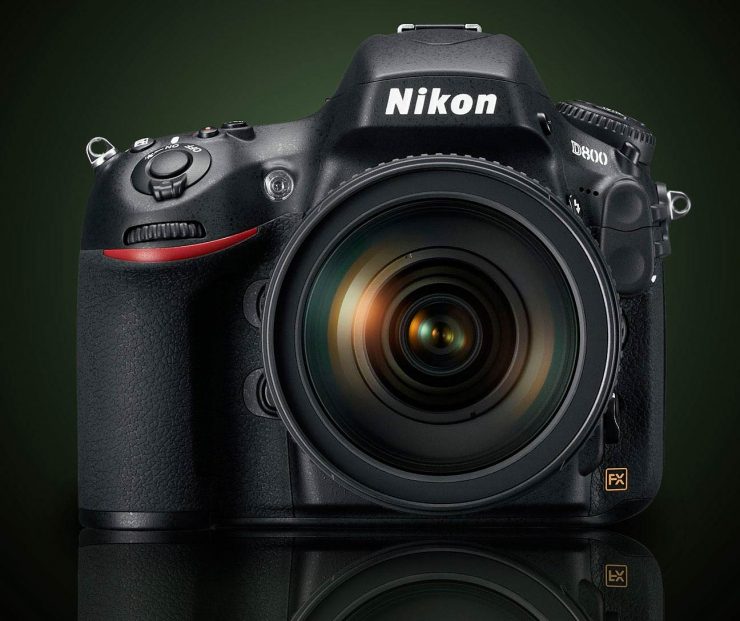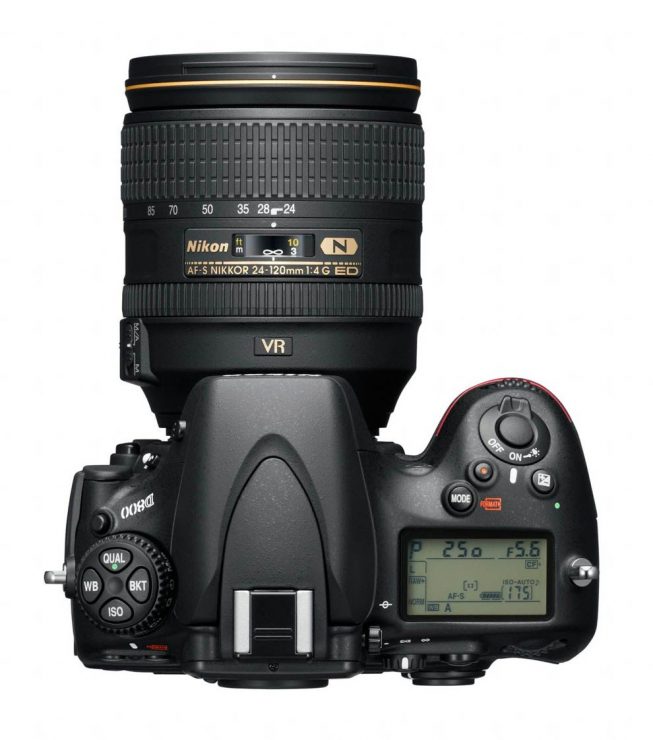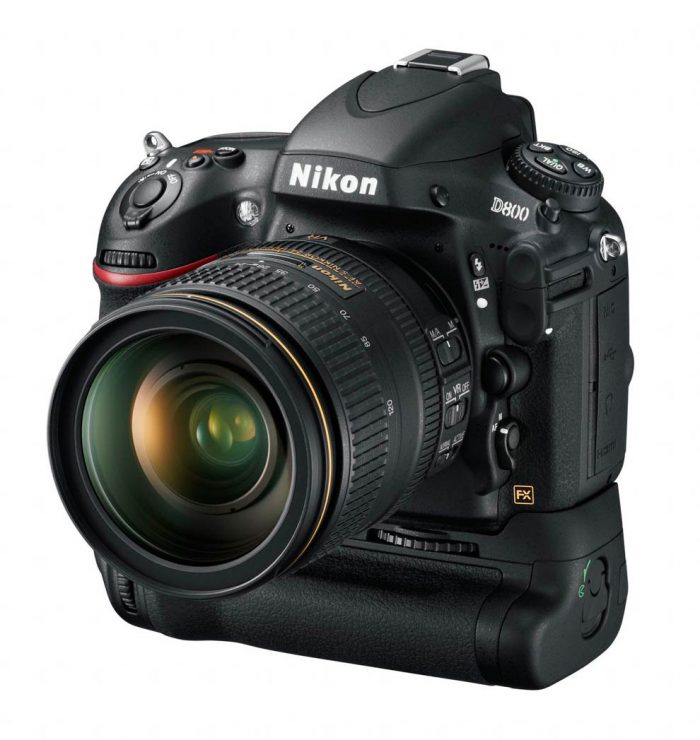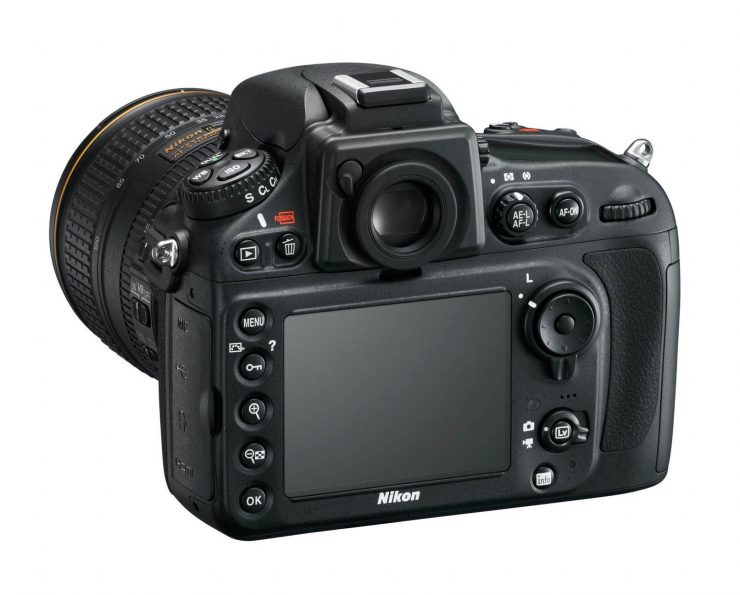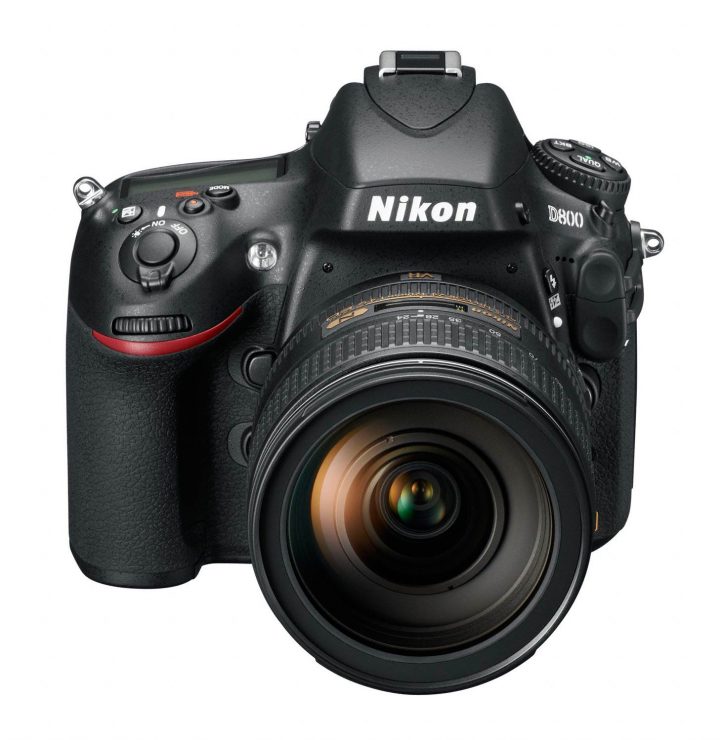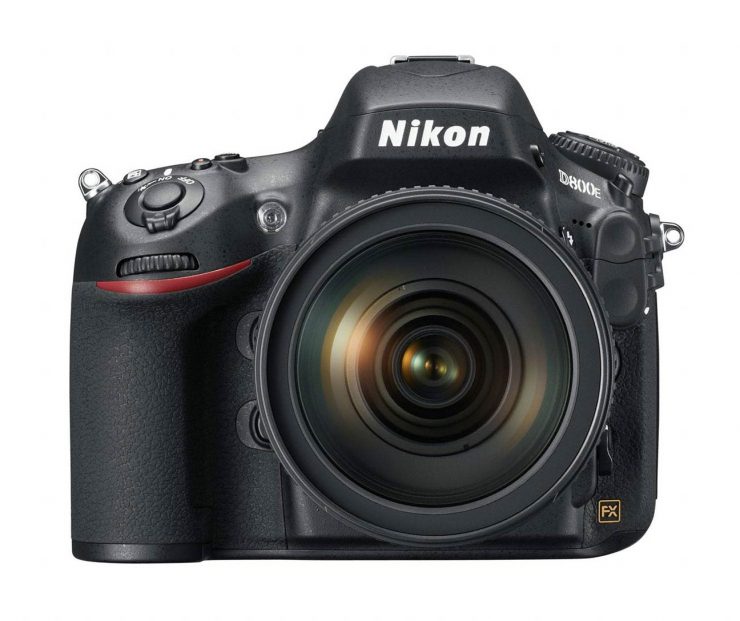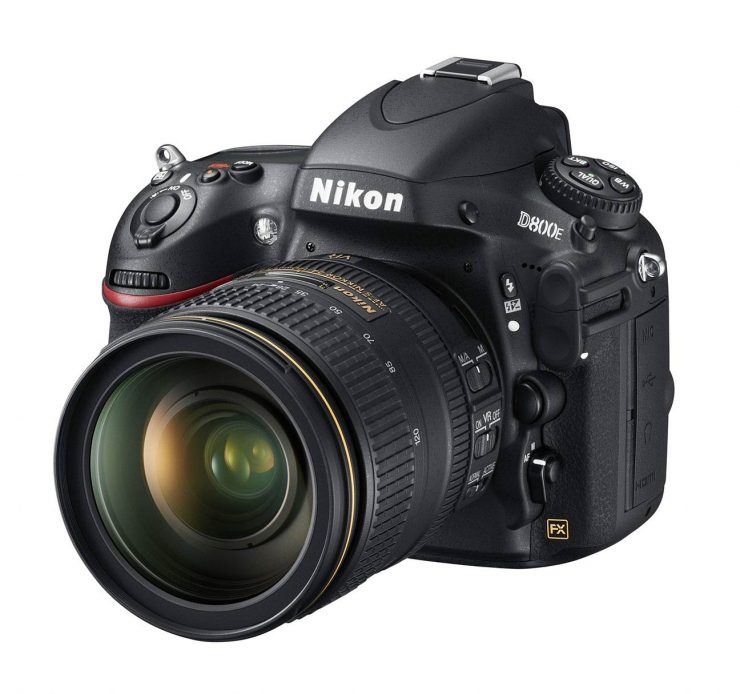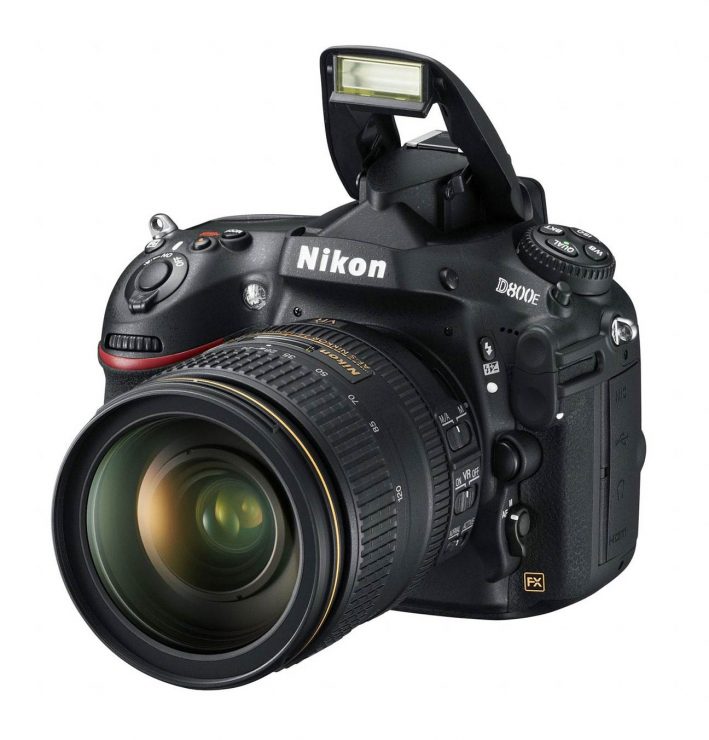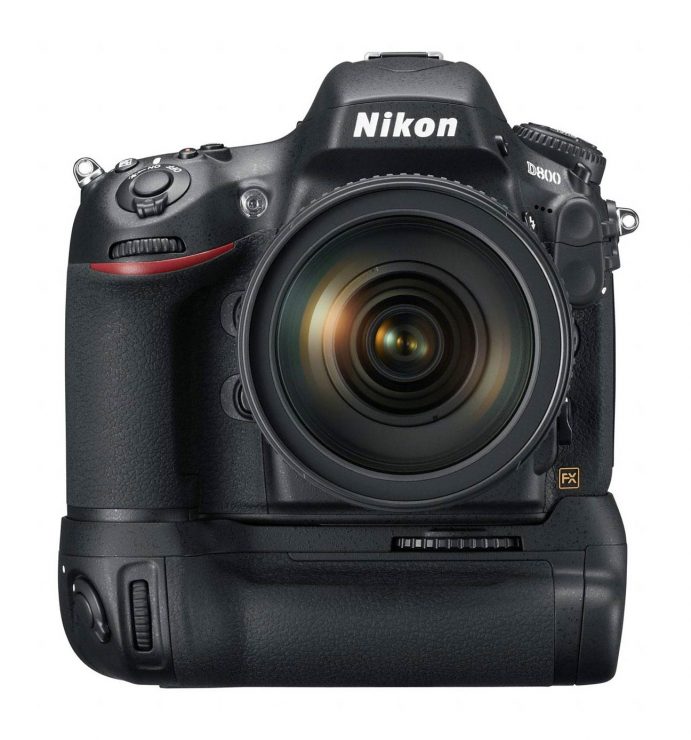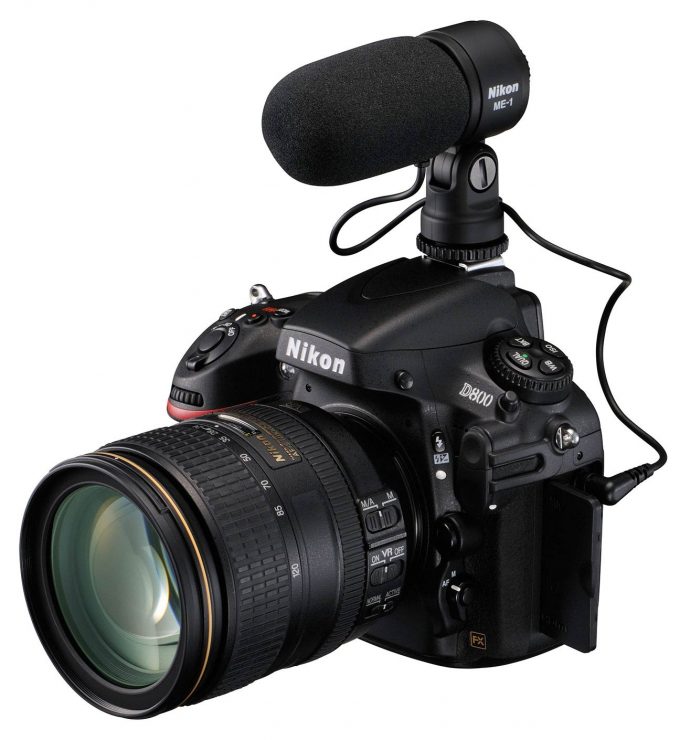Nikon’s new D800, a 36.3 megapixel full-frame SLR, is probably the worst kept secret in recent camera history, but its official announcement tonight was exciting nonetheless. The D800 is now the highest resolution full-frame SLR on the market, positioned to compete with digital medium format cameras like the 40 megapixel Pentax 645D. That Nikon is targeting the medium format market is made even more clear by the concurrent announcement of the D800E, a virtually identical body but without the anti-aliasing (AA) filter on the sensor; medium format sensors do not make use of AA filters, as a rule.
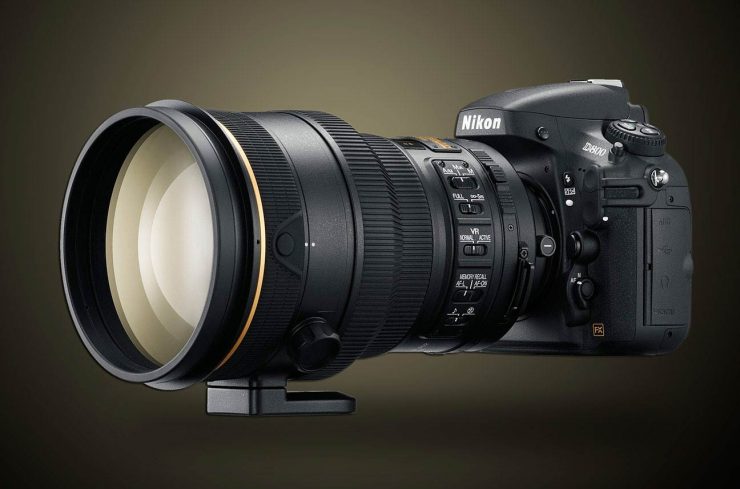
The D800’s predecessor (D700) was essentially a younger sibling to the D3s, just as the 5D Mark II was to the 1Ds Mark III. It represented a less expensive and somewhat limited version of the top-of-the-line model rather than a separate evolutionary branch. With the creation of the D4 and the D800, though, Nikon has created a teleological schism in the line. The D4 is clearly intended to be the workhorse of the action photographer- fast, rugged, and flexible- while the D800 is specialized for detail oriented work, such as portraiture, fashion, fine art, landscape, and commercial photography. With the higher pixel density of the 36.3 megapixel sensor, there is a performance drop-off at high ISO compared to the D4, but for those working with studio lighting or heavy tripods, the trade-off in favor of resolution may be worth it.
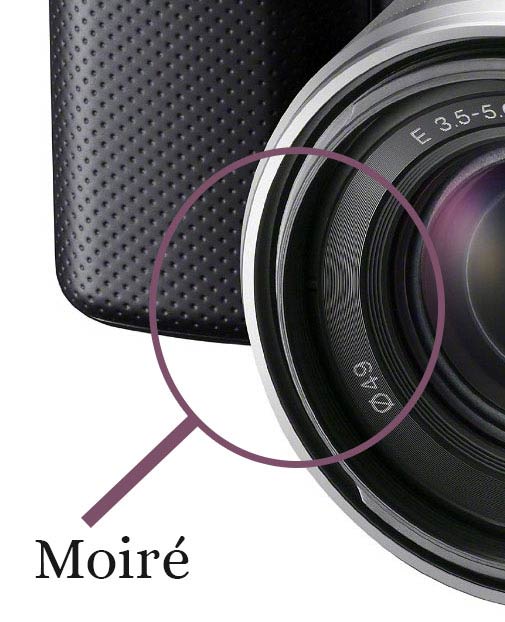
In fact, the D800E is even more specialized than the standard model; it is constructed without an anti-aliasing filter in front of the sensor. An AA filter is essentially a layer above the RGB receptors on the sensor that blurs the image slightly to reduce or remove the likelihood of getting moiré (which is an interference pattern that emerges when two other patterns intersect, usually appearing in digital photography as dark, concentric, arching bands). Many photographers, though, would willingly trade the possibility of moiré for the certainty of additional image sharpness, especially since moire can now be removed in post-processing with relative ease.
Beyond the high resolution sensor, the D800 is solid but not ground-breaking. It sports a 51-point AF system, similar to that found in the D4. It’s slower than the D4, shooting a maximum of 4 frames per second unassisted, 6 fps with the addition of the power-booster grip. It can shoot HD video in the expected rates and resolutions: 1080p at 24/30 fps and 720p at 60 fps. Unlike the D4, the D800’s dual memory card slots are the more common compact-flash and SD formats.
The D800 will be available in March at an MSRP of $2999, while the D800E will be available in in April for an additional $300.
Both cameras are currently available for pre-order at Amazon.com:

